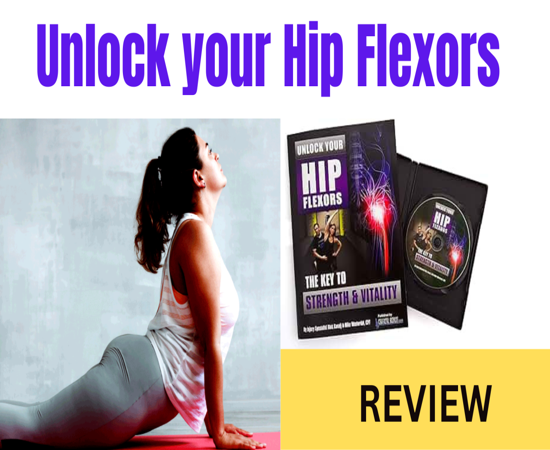unlock your hip flexors & other high earners: The Key to Strength and Vitality
Are you experiencing tightness or discomfort in your hips? Do you want to improve your flexibility and overall strength? Unlocking your hip flexors could be the key to a healthier, more active lifestyle. In this article, we will explore the benefits of unlocking your hip flexors, provide a detailed explanation of what hip flexors are and why they are important, answer some frequently asked questions about this topic, and conclude with why you should consider incorporating hip flexor exercises into your routine.
The Benefits of Unlocking Your Hip Flexors
Unlocking your hip flexors can lead to a wide range of benefits, including increased flexibility, reduced risk of injury, improved posture, and enhanced athletic performance. By releasing tension in this area, you may experience relief from lower back pain and better mobility in your day-to-day activities. Additionally, strengthening your hip flexors can contribute to core stability and overall strength.
Detailed Explanation of Hip Flexors
The hip flexors are a group of muscles that help you move your legs and hips. They play a crucial role in activities such as walking, running, and bending at the waist. When these muscles become tight or weak, it can lead to discomfort, limited range of motion, and potential imbalances in your body. By performing targeted exercises and stretches, you can improve the flexibility and function of your hip flexors.
Frequently Asked Questions
1. What are some common signs of tight hip flexors?
Common signs of tight hip flexors include lower back pain, hip stiffness, difficulty performing certain movements, and a sensation of “tightness” in the front of your hip area.
2. How often should I stretch my hip flexors?
It is recommended to stretch your hip flexors at least 2-3 times per week, but listening to your body and incorporating stretches into your daily routine can provide additional benefits.
3. Can tight hip flexors affect my posture?
Yes, tight hip flexors can contribute to poor posture by pulling your pelvis forward and causing an exaggerated curve in your lower back. Stretching and strengthening exercises can help improve your alignment.
4. Are there specific exercises to target the hip flexors?
Yes, exercises like lunges, leg lifts, hip flexor stretches, and yoga poses such as pigeon pose can help target and strengthen the hip flexor muscles.
5. How long does it take to see results from hip flexor exercises?
The timeline for seeing results from hip flexor exercises can vary depending on individual factors such as consistency, intensity of workouts, and overall health. Some people may start to feel improvements in flexibility and mobility within a few weeks of regular practice.
Conclusion
In conclusion, unlocking your hip flexors can have a significant impact on your physical well-being and performance. By incorporating targeted exercises and stretches into your routine, you can improve flexibility, reduce discomfort, and enhance your overall strength. Remember to listen to your body, stay consistent with your practice, and consult a healthcare professional if you experience persistent pain or discomfort. Unlock the potential of your hip flexors and unleash a new level of vitality and strength in your life.


